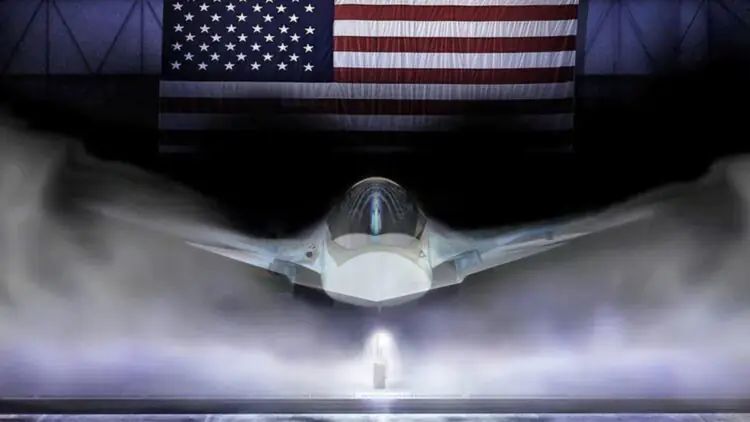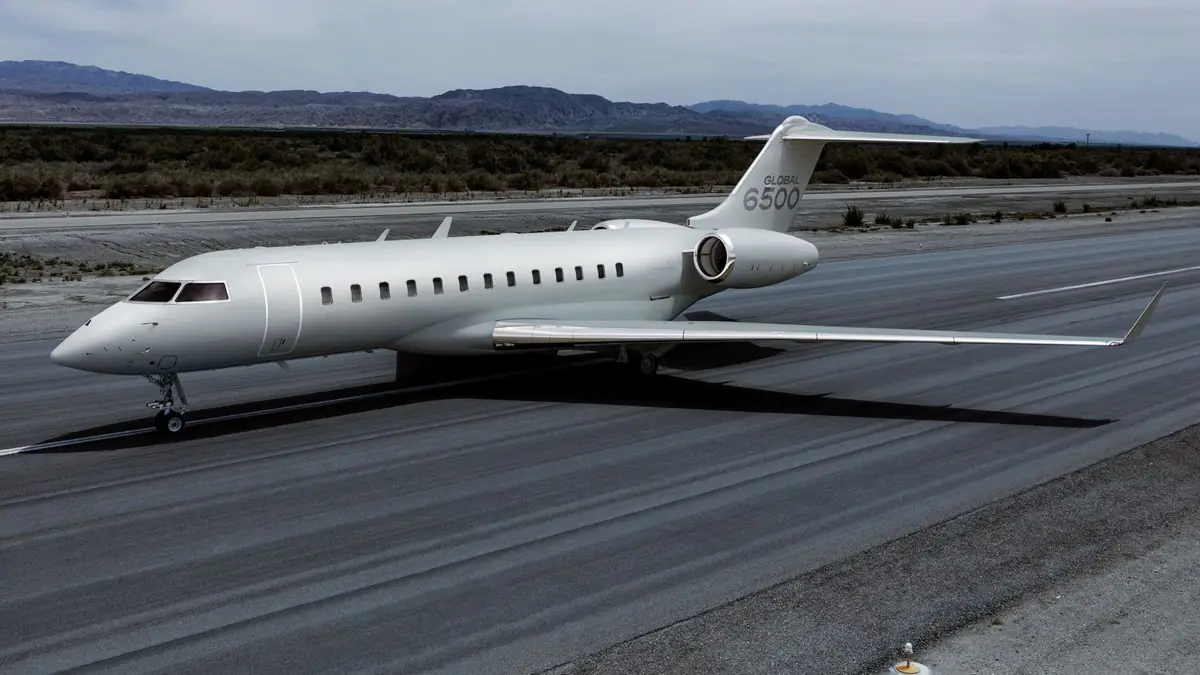The F-47 by Boeing, developed under the Next Generation Air Dominance (NGAD) program, is set to become the U.S. Air Force’s next sixth-generation fighter jet.
On March 21, 2025, at a dedicated press conference, U.S. President Donald Trump, alongside Defense Secretary Pete Hegseth and Air Force Chief of Staff General David Allvin, announced the signing of a development contract for the NGAD fighter between the U.S. Air Force and Boeing. The project has been designated as the F-47. The announcement follows months of uncertainty due to budget constraints and shifting priorities that had paused and prompted a thorough reassessment of the program.
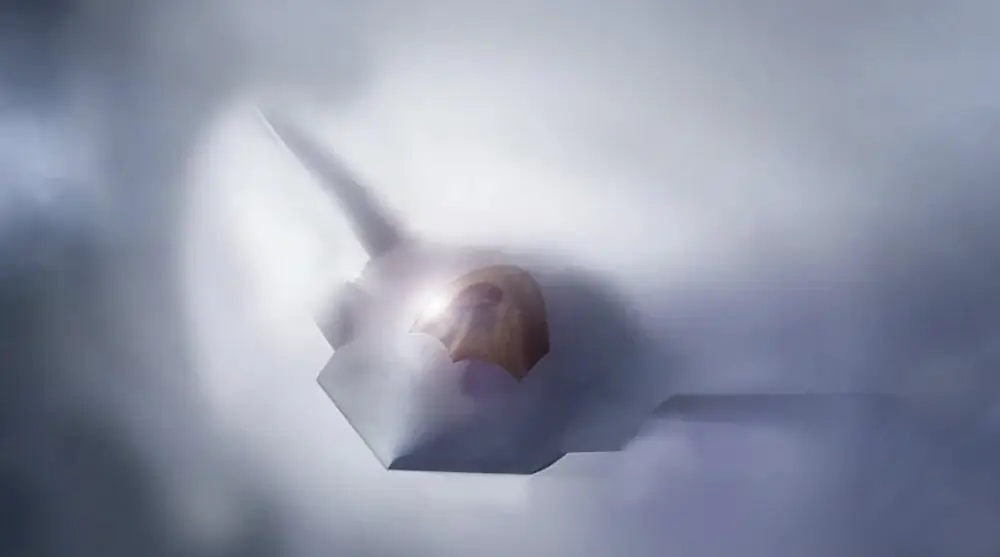
“The experimental version of the aircraft has been flying in secret for nearly five years, and we are confident that it significantly surpasses the capabilities of any other country,” President Trump told the press while introducing the F-47. He also stated that “lighter variants of the F-47 may be sold to U.S. allies.”
Read also: All About the Turkish UAV Bayraktar Kizilelma: Development History and Prospects
TABLE OF CONTENT:
Sixth generation fighter F-47
The unexpected unveiling of the new aircraft came shortly after reports that the U.S. Air Force and Navy had briefed President Trump on their respective Next Generation Air Dominance (NGAD) programs. Air Force Chief of Staff General David W. Allvin and Vice Chief of Naval Operations Admiral James Kilby presented the updates on behalf of their services.
Boeing and Lockheed Martin, through their Phantom Works and Skunk Works divisions respectively, were the only contenders in the race to design and build the aircraft. The development contract is valued at no less than \$20 billion, with follow-on production expected to be worth hundreds of billions over the life of the program. Unit costs for NGAD fighters are projected to be in the hundreds of millions, with the highest current estimate reaching $300 million per aircraft.
It’s also known that both Boeing and Lockheed Martin completed development of their NGAD concepts in 2024. The U.S. Air Force extended technology maturation and risk-reduction contracts to allow both projects to advance while awaiting a final program decision. It was widely expected that the selected design – or its evolved version – would come from one of these two contenders, based on the results of a comprehensive program review.
“I’m proud to announce that under my direction, the United States Air Force is moving forward with the world’s first sixth-generation fighter,” President Trump stated during a White House press conference. “The company selected to lead its development is Boeing, and this aircraft will be known as the F-47. Nothing else in the world will come close.”
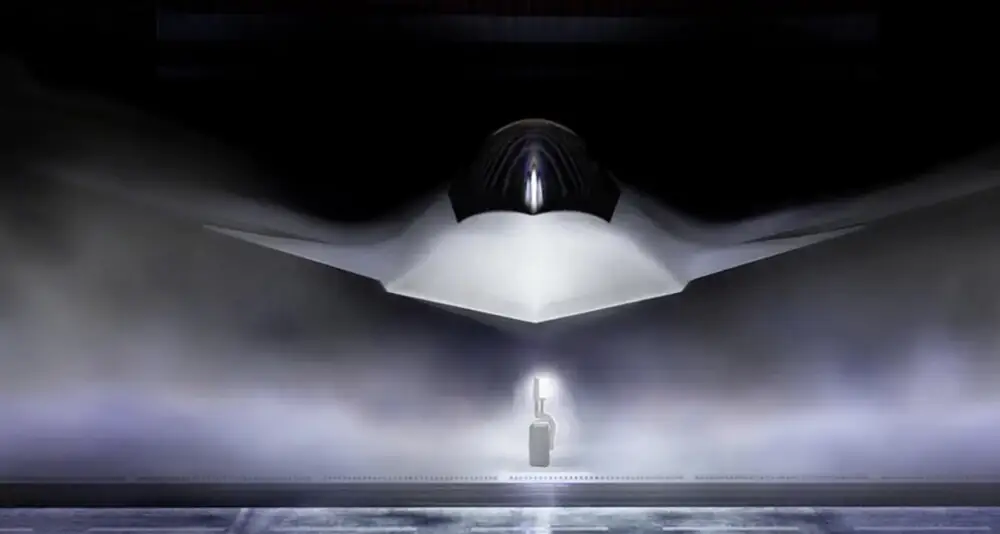
In the end, Boeing emerged as the winner and will lead the development of the sixth-generation fighter. The market responded immediately – Boeing’s stock rose by 7%, while Lockheed Martin’s shares dropped by 5.7%.
Interestingly, former Air Force Secretary Frank Kendall had reportedly been ready to announce the winning contractor as early as late 2024. However, he ultimately deferred the decision to the next administration, citing the need for “additional analysis” and noting that the new leadership would have to “own the choice.” This suggests the Air Force may have already selected a design in 2024 but was waiting for the administration’s go-ahead before making it public.
General Allvin recently emphasized that the Air Force needs “high-end penetrating capability,” subtly reaffirming his support for the program. In fact, the manned fighter in the NGAD family – also known as the Penetrating Combat Aircraft – was first outlined in the “Air Superiority 2030” study, published back in 2016.
Observers quickly noted that the designation “F-47” seems like a nod to Trump himself, who is the 47th president of the United States. He personally unveiled the first rendering of the new fighter jet, which served as a dramatic backdrop for his announcement. During the reveal, two computer-generated images of the aircraft were displayed. Trump justified selecting Boeing’s design by stating it marks a pivotal milestone in maintaining air dominance, promising to revolutionize aerial combat as we know it with its unprecedented range, endurance, lethality, and adaptability.
Later, General Allvin published a statement on the official U.S. Air Force website, where he acknowledged: “The contract for the Next Generation Air Dominance Platform (F-47) is a monumental step forward in securing America’s air superiority for decades to come. This award reinforces our commitment to maintaining the United States’ position as the world’s dominant air force, under the leadership of our Commander-in-Chief, President Trump, and Secretary of Defense Hegseth.”
In turn, Defense Secretary Hegseth remarked: “With the F-47, we’re not just building another fighter jet – we’re shaping the future of warfare and sending a clear message to our adversaries. This platform will be the most advanced, lethal, and adaptable fighter ever created. It is being designed to outmaneuver and outmatch every known aircraft. The new F-47 will surpass any opponent daring to challenge our brave pilots.”
The F-47 is indeed the world’s first manned sixth-generation fighter jet, engineered specifically for air dominance and to operate in the most dangerous and contested environments imaginable. Over the past five years, a series of X-plane research flight programs quietly laid the groundwork for the F-47. These experimental aircraft logged hundreds of flight hours, tested cutting-edge concepts, and proved that it was possible to confidently push the boundaries of technology. They showcased the innovations necessary to shape the F-47’s capabilities. Nevertheless, as the United States embarked on developing this next-generation fighter, it seemed that even the Americans weren’t entirely sure where the path would lead – or whether such a massive investment would ultimately prove beneficial for the country.
General Allvin states this directly: “While our X-planes flew in the shadows, we were strengthening our air dominance – accelerating technologies, refining our operational concepts, and proving that we can field this capability faster than ever before. For that reason, the F-47 will fly during President Trump’s term.”
The general assures that “furthermore, the F-47 possesses an unprecedented level of design maturity. While the F-22 is currently the best fighter jet in the world, ongoing modernization will make it even better. But the F-47 represents a generational leap forward. The aircraft’s maturity at this stage of the program confirms its readiness to dominate in the battles of the future.”
Moreover, compared to the F-22, the F-47 is expected to cost less and be more adaptable to future threats. The F-47 will offer significantly greater range, enhanced stealth capabilities, improved survivability, better supportability, and higher availability than current fifth-generation fighters. This platform is “built for adaptability” and will require substantially less manpower for production and a leaner infrastructure for deployment.
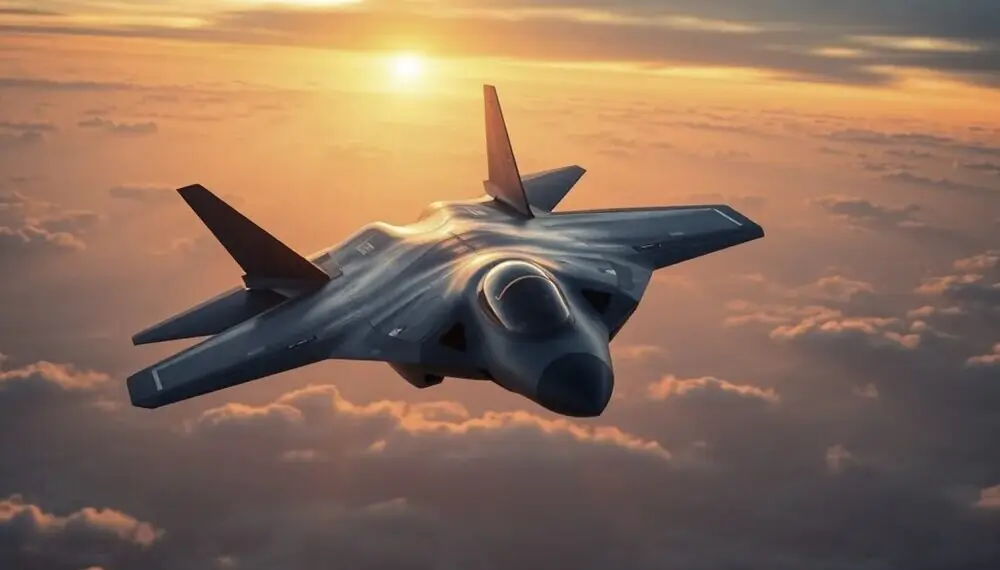
During the presentation, Donald Trump stated: “Our mission is clear. We will ensure the security of America’s airspace and maintain a reliable deterrent force. With the F-47, we will strengthen our global positions, keeping our adversaries off balance and at a distance. When they look up, they will see nothing but the inevitable defeat awaiting those who dare to challenge us. ‘Air power anytime, anywhere’ is not just an aspiration, it’s a promise.”
In my view, this statement contains more rhetoric than specifics, but that’s what was presented.
Read also: Everything About the BLAZE Interceptor Drone from Latvian Company Origin Robotics
A new king of the sky?
The decision to award the contract to Boeing comes as a crucial lifeline for the company during a challenging period. Boeing has faced a series of issues over the years – ranging from the 737 Max crashes, delays in delivering military tankers, to problems with the new Air Force One.
The F-47 order represents not only a prestige boost for Boeing but, more importantly, a significant revenue opportunity potentially worth hundreds of billions of dollars. The project itself is valued at around \$20 billion, but if the fighter enters mass production, Boeing’s earnings could multiply substantially.
For context, the cost of a fifth-generation F-35 fighter ranges between \$80 million and $100 million per unit. Estimates suggest that each F-47 will exceed $300 million once mass production begins.
And this is just the beginning – Trump suggested that the U.S. will sell the F-47 to allies, though in a “limited” version. In 2023, Boeing announced plans to end production of the F/A-18E/F Super Hornet and shift focus to advanced combat jets. The company has also developed a cutting-edge aircraft designed to challenge current air superiority.
What sets the F-47 apart? Primarily, its new and improved stealth technology, which is expected to make it nearly invisible to radar. The aircraft is also anticipated to have a significantly longer range and lower operating costs compared to the currently used F-22 Raptor.
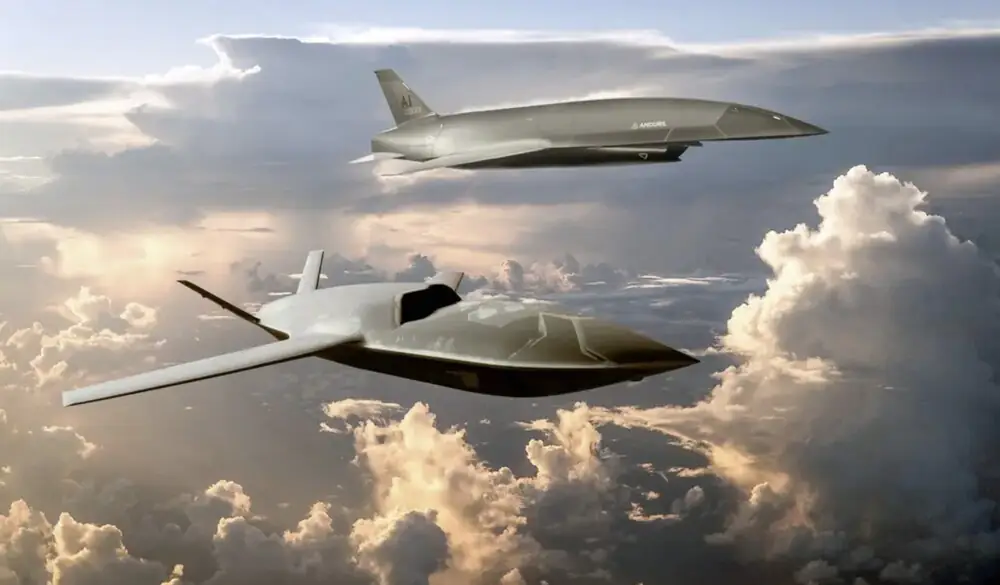
Additionally, the F-47 will be fully integrated with combat drones capable of operating in swarms to attack enemy targets and provide support for the fighter.
While all technical details remain classified, Trump stated that the aircraft should be able to fly “with as many drones as you want.” This suggests that the F-47 could be part of a larger system of autonomous combat vehicles. The U.S. president also assured that the jet would be built on an accelerated schedule, with initial units expected to take flight before the end of his term, meaning by early 2029.
Read also: All About the NGAS Tanker Aircraft Project and Its Prospects
Some interesting figures
The F-47 is a new, advanced sixth-generation fighter about which little was previously known. However, recent information has shed some light on the project. Let’s take a closer look.
An infographic shared by U.S. Air Force Chief of Staff General David Allvin outlines a vision of an aircraft designed not only to dominate the skies but to potentially change the rules of engagement. While details remain within a “controlled leak,” some of the figures presented are quite striking.
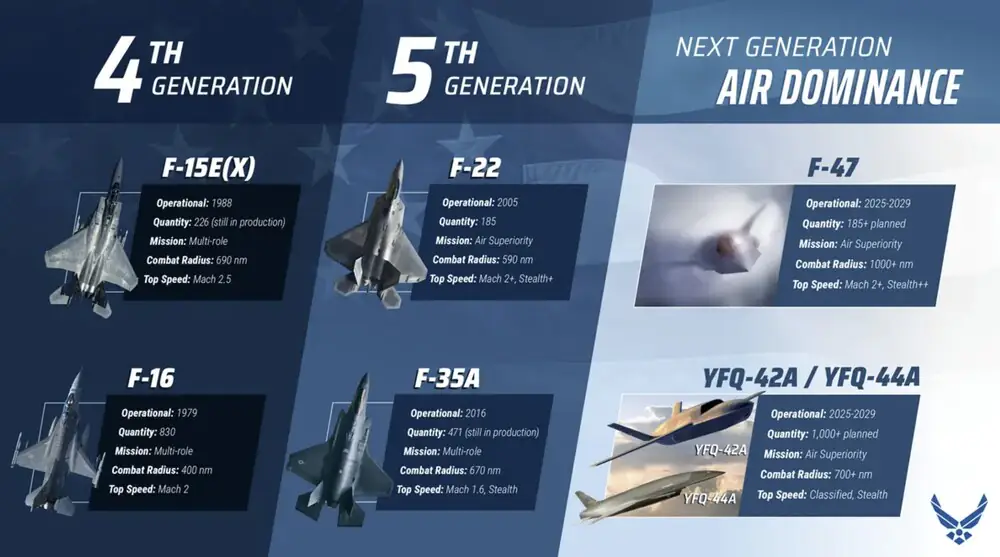
Let’s start with a standout figure: the F-47’s combat range is expected to exceed 1,000 nautical miles, or roughly 1,850 kilometers. For comparison, the F-35C, the latest carrier-based fighter, has a range of about 670 nautical miles (around 1,240 kilometers), while the F/A-18E/F Super Hornet’s range is even shorter.
This means the new sixth-generation fighter could strike deep into enemy territory protected by advanced air defense systems – known as A2/AD zones – without needing aerial refueling. This significantly changes the operational landscape, as the U.S. Air Force aims to operate in areas currently beyond the reach of even the F-22 or F-35.
Is 1,000 nautical miles enough? That depends on the strategic approach. Some experts argue that the range should be even greater, especially given the competition with China, which is investing heavily in long-range missile systems and operates across the vast Pacific region.
Others suggest that the critical factor isn’t just “how far” the aircraft can go, but also “how long” it can stay in the operational area and manage drones as part of a Collaborative Combat Aircraft (CCA) system.
Read also: “Invisible” Aircrafts: How Stealth Technology Works in Aviation
F-47 should be fast, quiet and almost invisible
The F-47 is expected to reach speeds above Mach 2, or over 2,400 km/h. However, top speed is not the primary focus. Modern aerial combat relies on detecting the enemy before being detected yourself. As a result, the ability to cruise at high speed without afterburners – known as supercruise – and maintaining a minimal radar and heat signature are far more important.
This brings us to the intriguing “Stealth++” label seen in the infographic for the F-47. For context, the U.S. Air Force describes the F-35 simply as “Stealth,” and the F-22 as “Stealth+.”
What does the extra plus mean? Officially, there’s no clear explanation. Unofficially, it suggests the F-47 will be nearly invisible to radar from all angles. It’s also likely to feature active camouflage systems – possibly even capable of changing color like a chameleon – and technologies that reduce heat emissions.
Will this work in practice? The presence of canard wings in some renderings has sparked debate, as these surfaces typically reduce stealth capabilities. However, experts suggest that these might be deliberate decoys intended to mislead foreign intelligence agencies. The actual F-47 could look quite different.
Read also: Can the U.S. Plant Its Flag on Mars?
The US Air Force is building a new combat ecosystem
According to information shared by General Allvin, the F-47 program plans to build 185 aircraft. While this number is relatively modest, it’s important to note that the cost per F-47 is expected to be about three times higher than the current $80 million price tag of the F-35.
The picture becomes even more interesting when looking at the data on CCA drones – so-called “loyal wingmen.” These drones will accompany manned aircraft, searching for and engaging targets, and even intercepting incoming enemy missiles to protect the fighter.
The U.S. Air Force intends to acquire over 1,000 of these drones, with initial variants (designated YQF-42A and YQF-44A) planned in quantities of 100 to 150 units. Future versions are expected to be even more advanced.
The F-47 is expected to serve as the “swarm commander” – a manned aircraft from which the pilot will control and coordinate attacks carried out by a team of combat drones. These Collaborative Combat Aircraft (CCA) drones are projected to have a combat range of around 700 nautical miles (about 1,300 kilometers). While this is less than the F-47’s range, it still exceeds that of many current fighter jets.
Read also: How the F-15 Eagle Fighter Plane Destroyed the Solwind P78-1 Satellite
When will F-47 fly?
The infographic indicates that the F-47 is expected to enter service between 2025 and 2029. This timeline appears quite optimistic. It likely refers to the first test flights and the early stages of testing and evaluation, rather than full operational deployment. Considering the pace of U.S. military programs, it’s reasonable to expect the first fully operational F-47 units to appear around 2030.
Even so, these initial tests will mark a significant milestone, providing insight into the future direction of modern military aviation.
Is the F-47 the fighter jet of the future?
At first glance, these might seem like just numbers, technical terms, and abstract billions of dollars. However, the F-47 represents a key part of a new U.S. military doctrine focused less on sheer firepower and more on technological advantage, range, and precision.
Will we still see classic dogfights like those depicted in Top Gun? Possibly. But it’s far more likely that future conflicts will unfold at the edge of radar coverage, in the shadows of electronic camouflage, involving dozens of drones coordinated by a single command aircraft – the F-47.
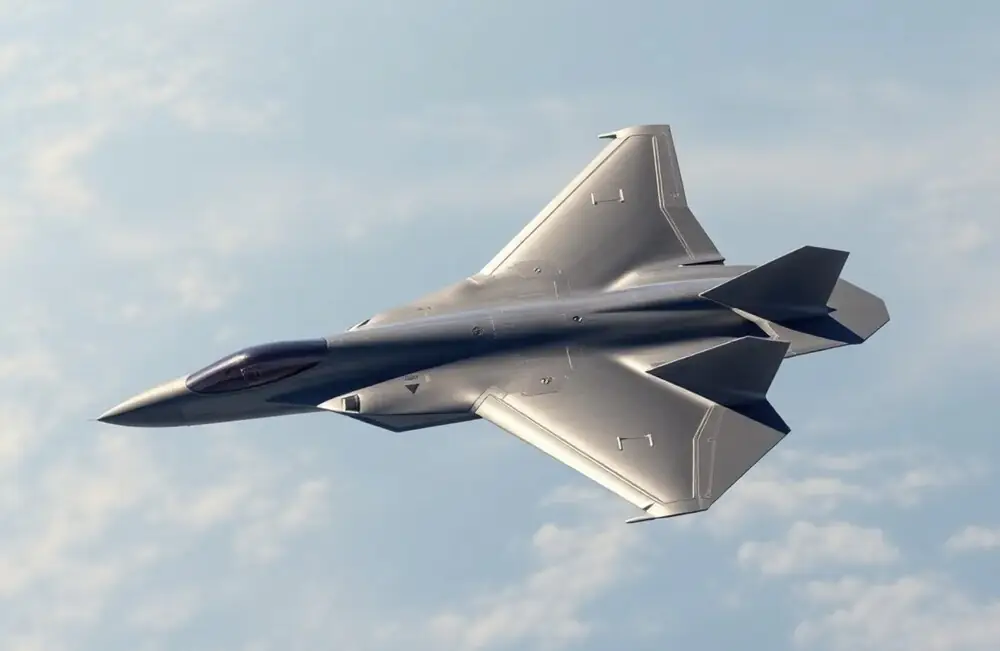
The F-47 represents a significant advancement in military aviation, reflecting the U.S. Air Force’s aim to maintain air superiority in an increasingly complex global environment. With its advanced stealth capabilities, sensor fusion technology, and integration with unmanned systems, the F-47 is poised to redefine the concept of air combat. As the program progresses, it will be important to monitor its development and its implications for the future of military aviation.
One thing is clear – the world where the F-47 becomes the backbone of the U.S. Air Force will look very different from the one we know today.
Read also:


